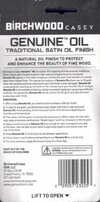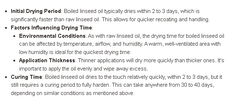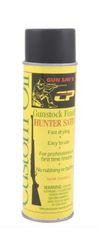sign216
Member
My oil finish, not yet done, is fairly soft and easily scratched. A couple of times I've had to sand out errant marks, which brings me back a few steps in the finishing process. When I am done, and the finish aged, will it harden?
I am finishing a new stock with a tung oil + solvent mix, Genuine Oil from Birchwood Casey. Stock is Amer. walnut, and the raw wood is plenty hard, but with a few thin coats of oil, it seems soft. Thumb nails leaves a good dent when I'm trying to burnish out scratches (oops), and accidentally hitting a table edge does too. After I'm done with the oil coats, and allowed to set for a month, will it harden up, or is there a problem?
Joe
I am finishing a new stock with a tung oil + solvent mix, Genuine Oil from Birchwood Casey. Stock is Amer. walnut, and the raw wood is plenty hard, but with a few thin coats of oil, it seems soft. Thumb nails leaves a good dent when I'm trying to burnish out scratches (oops), and accidentally hitting a table edge does too. After I'm done with the oil coats, and allowed to set for a month, will it harden up, or is there a problem?
Joe





